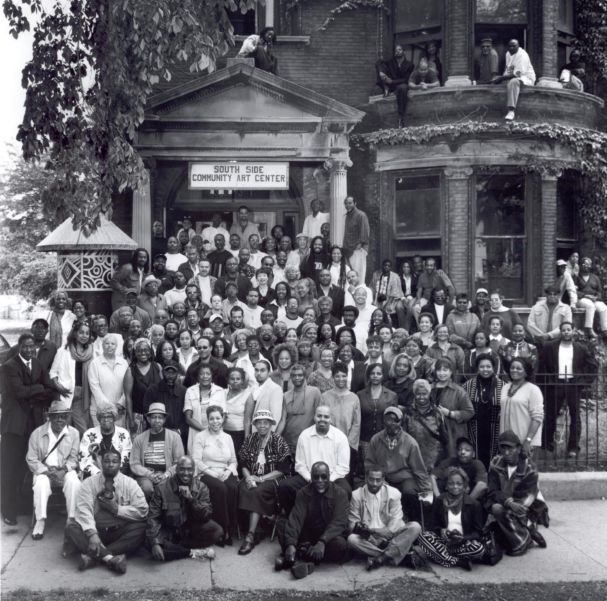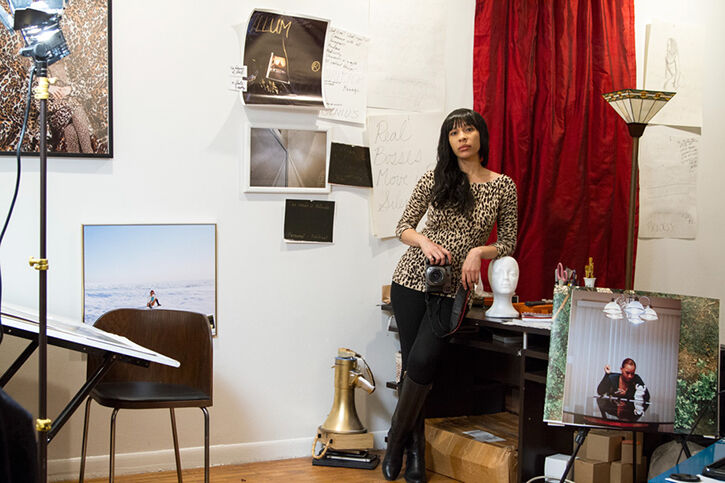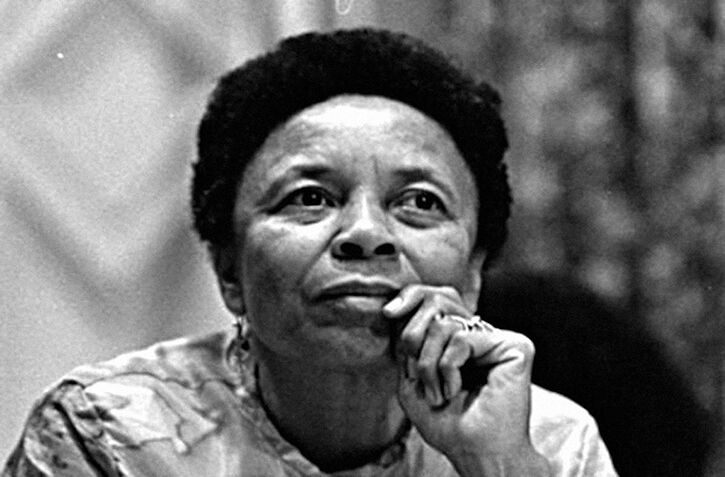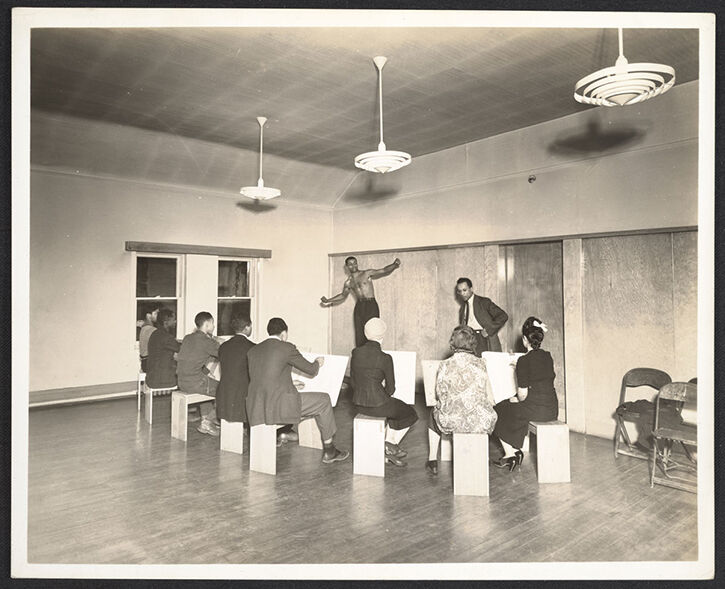
Shared History

by Ana Sekler (MA 2016)
In 1940 a group of artists led by SAIC alum Dr. Margaret Burroughs (BA 1942, MA 1948, HON 1987) founded the South Side Community Art Center (SSCAC), the first African American art center in the United States, with help from President Franklin Roosevelt’s Works Progress Administration program. As SSCAC celebrates its 75th anniversary and SAIC marks its 150th anniversary, the two institutions are coming together to honor their shared past and future with an exhibition of SAIC alumni and students at the historic center.
Rashayla Marie Brown (BFA 2015) is SAIC’s Director of Student Affairs for Diversity and Inclusion. She and SSCAC’s executive director Masequa Myers, an award-winning theater and film producer and curator, will curate the joint exhibition, which runs April 22 to June 19. “I think it is important to showcase this history for a generation of students who don’t know about it…. I think it is important for people to know black people were going to SAIC at a time when they couldn’t go to art school anywhere else,” says Brown.

Many of SSCAC’s founders included renowned artists and SAIC alumni such as Burroughs, Eldzier Cortor (SAIC 1936–37), Charles White (SAIC 1936–41), George Neal (SAIC 1935–36), William Carter (SAIC 1930), Elizabeth Catlett (SAIC 1941), Charles Sebree (SAIC 1935), and Richmond Barthé (SAIC 1924–27). Other important black artists who were involved with and exhibited at SSCAC include some of the founding members of AfriCOBRA (African Commune of Bad Relevant Artists): Jeff Donaldson, Jae Jarrell (SAIC 1959–62), Wadsworth Jarrell (SAIC 1958), Barbara Jones-Hogu (BFA 1964), and Gerald Williams (BFA 1951), who founded the still-active collective in 1968.
“I’m surprised when people don’t know who Margaret Burroughs is…or AfriCOBRA. I don’t want us to forget some of the instrumental artists who have come out of the African American community at SAIC. I want people to start taking that on and viewing it as something rich, alive, and relevant to their contemporary conversations,” says Brown.

Brown and Myers will provide vision and direction to the curatorial committee by leading workshops for the students, which fits nicely with the center’s mission of “honoring the legacy of African American artists, while at the same time inspiring future generations,” in Myers’ words. She and Brown both hope the exhibit will continue to nurture the relationship between SAIC and SSCAC.
“From the beginnings of the migration, there was a consciousness in the African American community in Chicago of a need for recognition of African Americans, full recognition as citizens of Chicago—and that extended to culture,” says Daniel Schulman, program director of visual arts for Chicago’s Department of Cultural Affairs and Special Events, and author of the unpublished essay African American Students at the School of the Art Institute of Chicago, 1895–1945. This consciousness ran deep among the founding artists and in Chicagoans like Peter Pollack, a gallery owner who served as the center’s first Director, and Daniel Rich, chief curator and director of fine arts at the Art Institute of Chicago, who served as the center’s first Assistant Director.
SAIC faculty also supported African American artists during the formation of the SSCAC. Professor Emerita Kathleen Blackshear (MFA 1940) was remembered later by Burroughs and Cortor as instrumental in their education at SAIC.

The relationship between the two institutions has been symbiotic, as artists, teachers, and students have learned from one another. Burroughs, who later went on to found Chicago’s DuSable Museum of African American History, left a deep impression on the city not only through her artwork, but in her role as a dedicated community advocate and civic leader. In August 2015, a portion of Burnham Park was renamed Margaret T. Burroughs Beach and Park in honor of her work with the Chicago Park District, her prolific artistic career, and the cultural institutions she championed. She was a major influence on Faheem Majeed, an artist, SAIC faculty member, former SSCAC curator, and Executive Director from 2007–11. Majeed, who spent a lot of time with Burroughs during the later years of her life says, “A lot of my work is about Margaret Burroughs, not the woman, but the legacy of Margaret Burroughs as a folklore, like talking about Martin Luther King, Jr., the legacy of what he represented.”
“Many of the founding artists of SSCAC also taught [at the center], relaying the skills and knowledge acquired at SAIC to those who could not afford to attend art school,” says Myers. “Today we make a point to support emerging artists, regardless of formal training.” The upcoming joint exhibit revitalizes and strengthens this longstanding relationship, while serving as a catalyst for the future.
